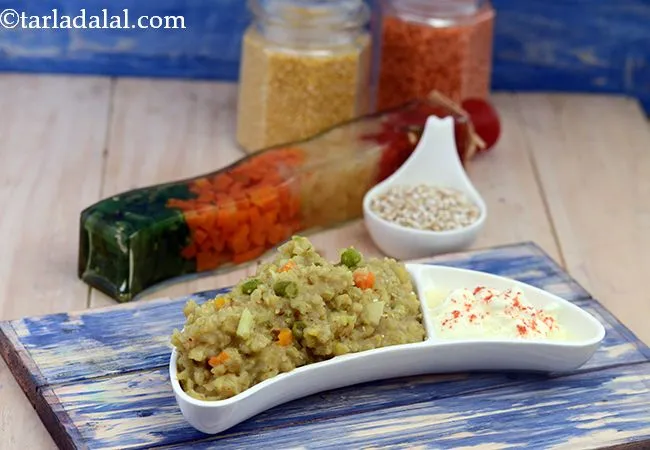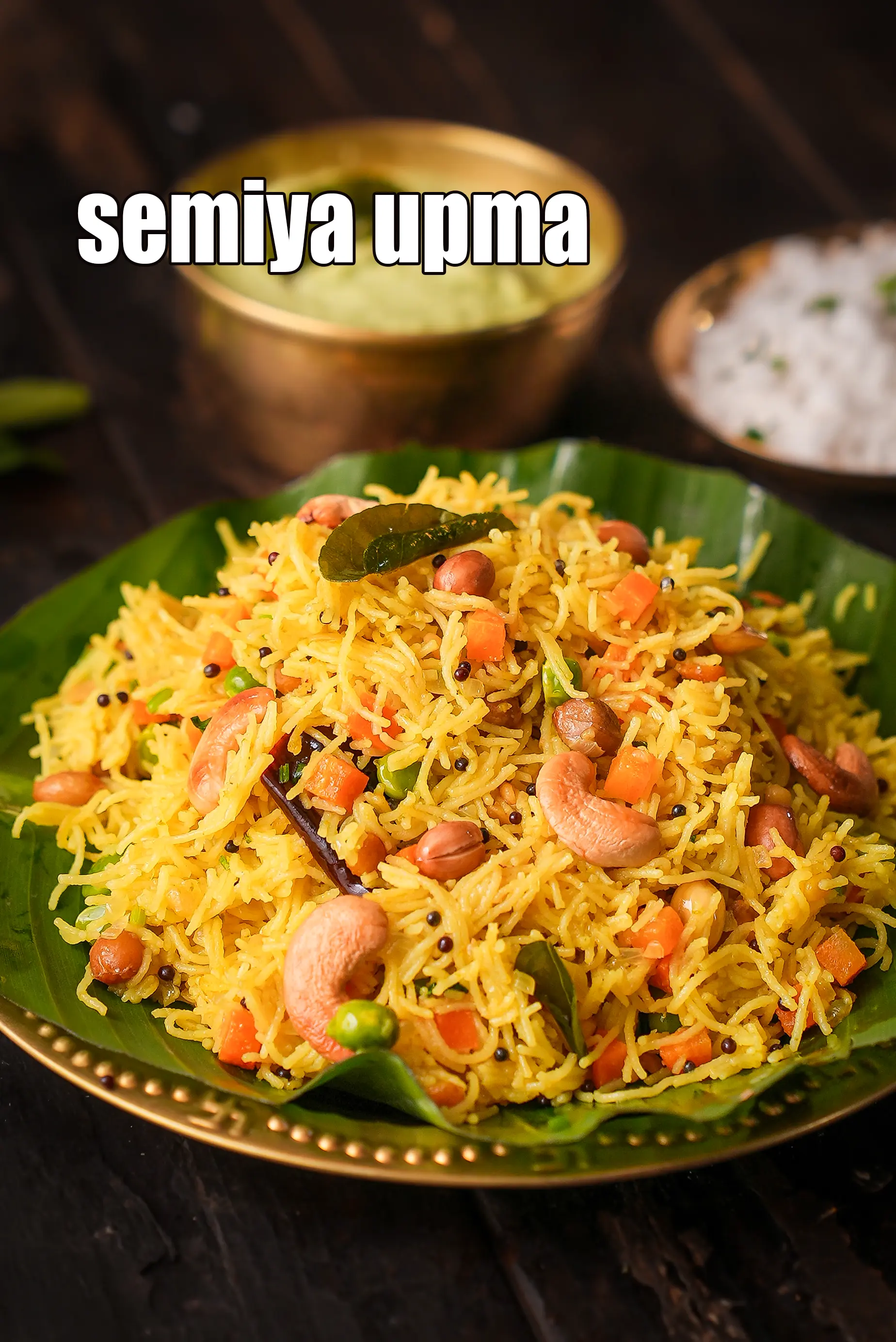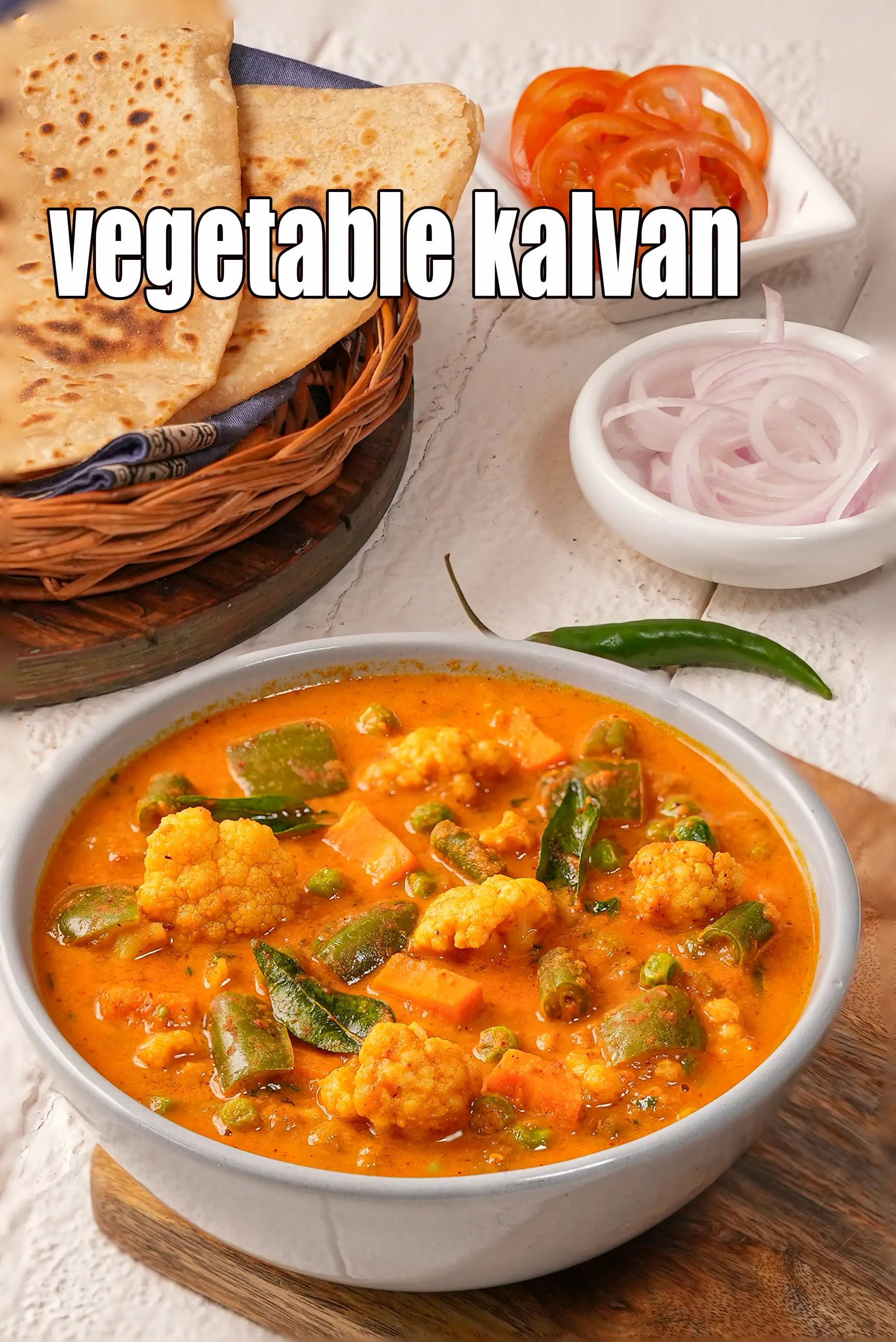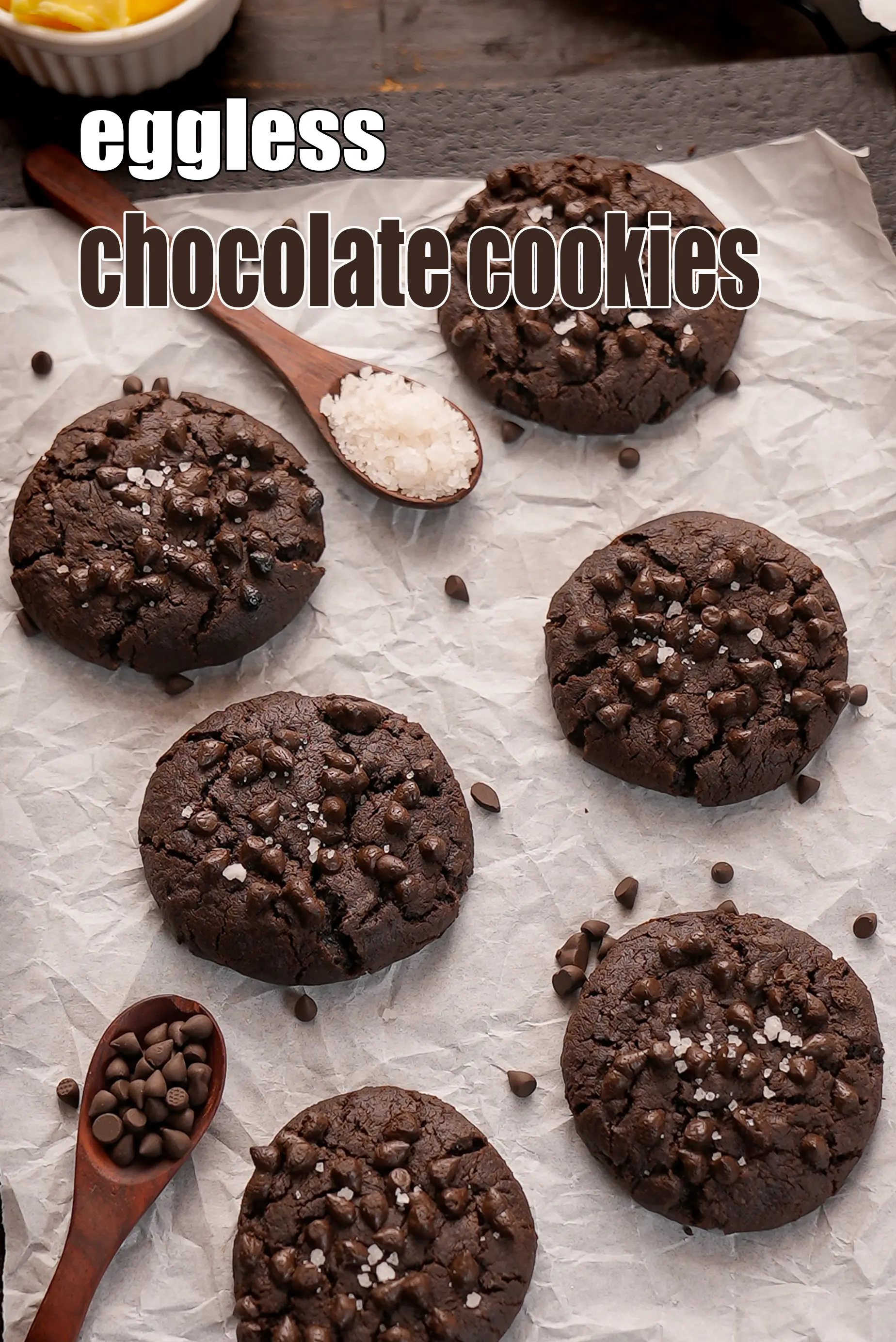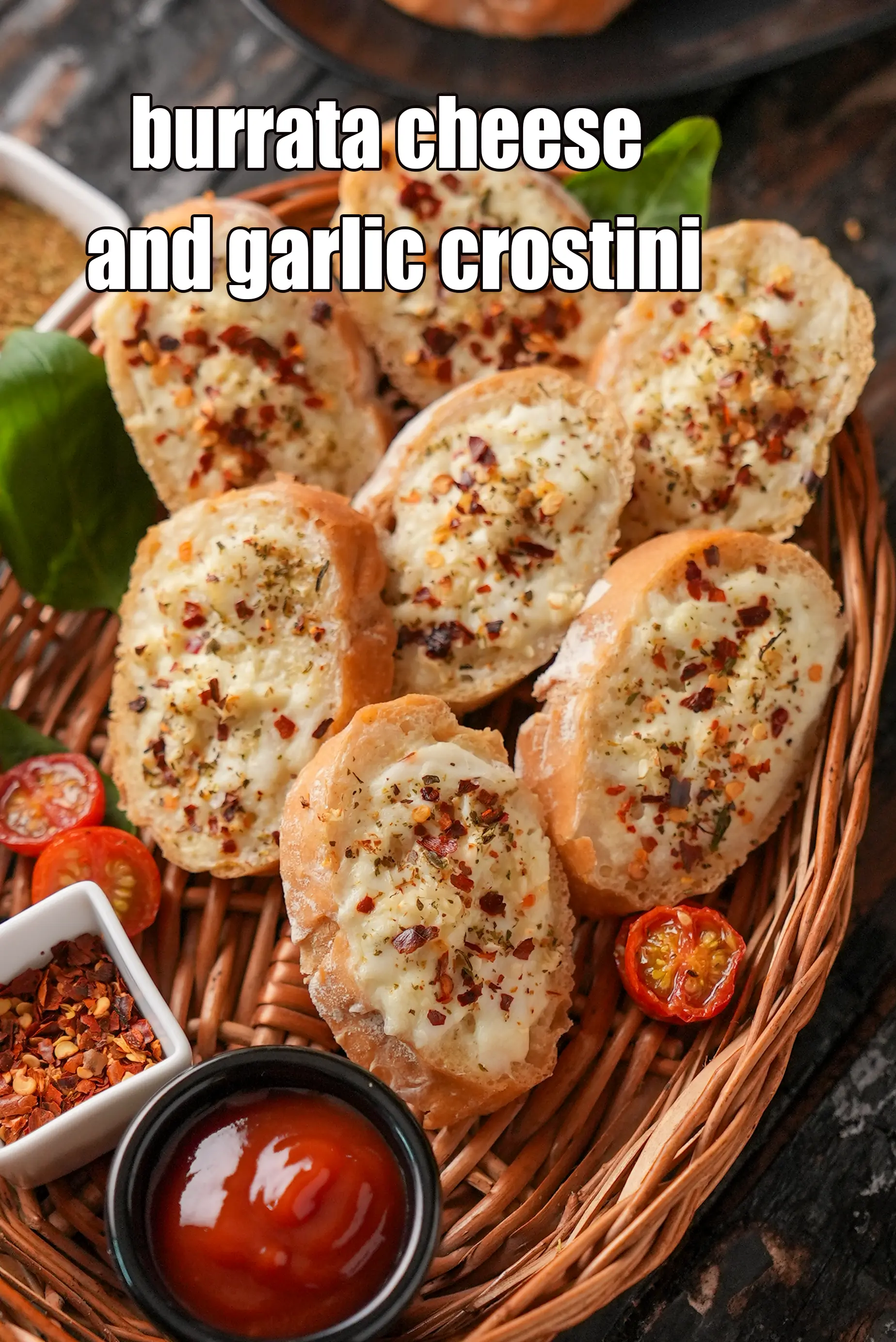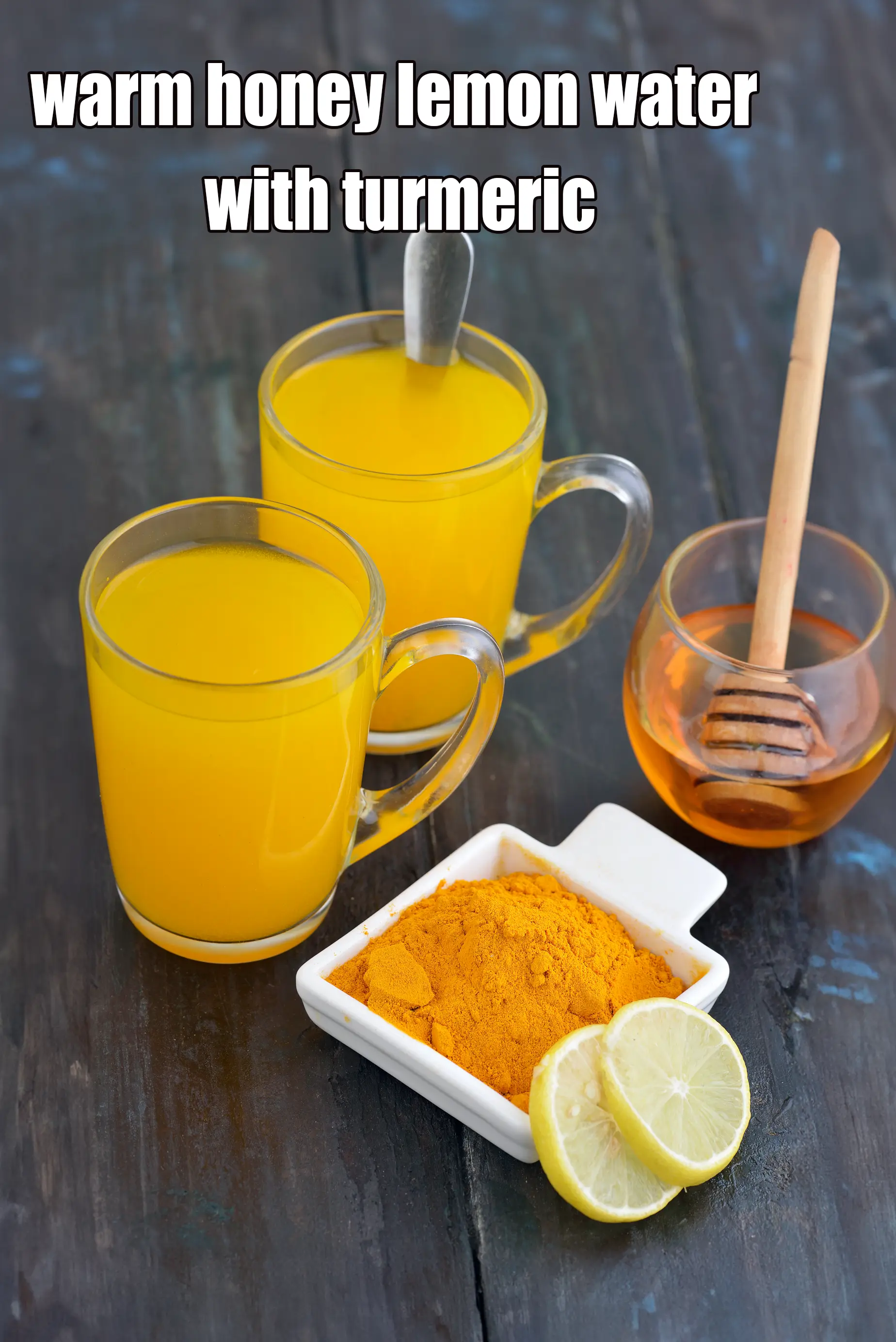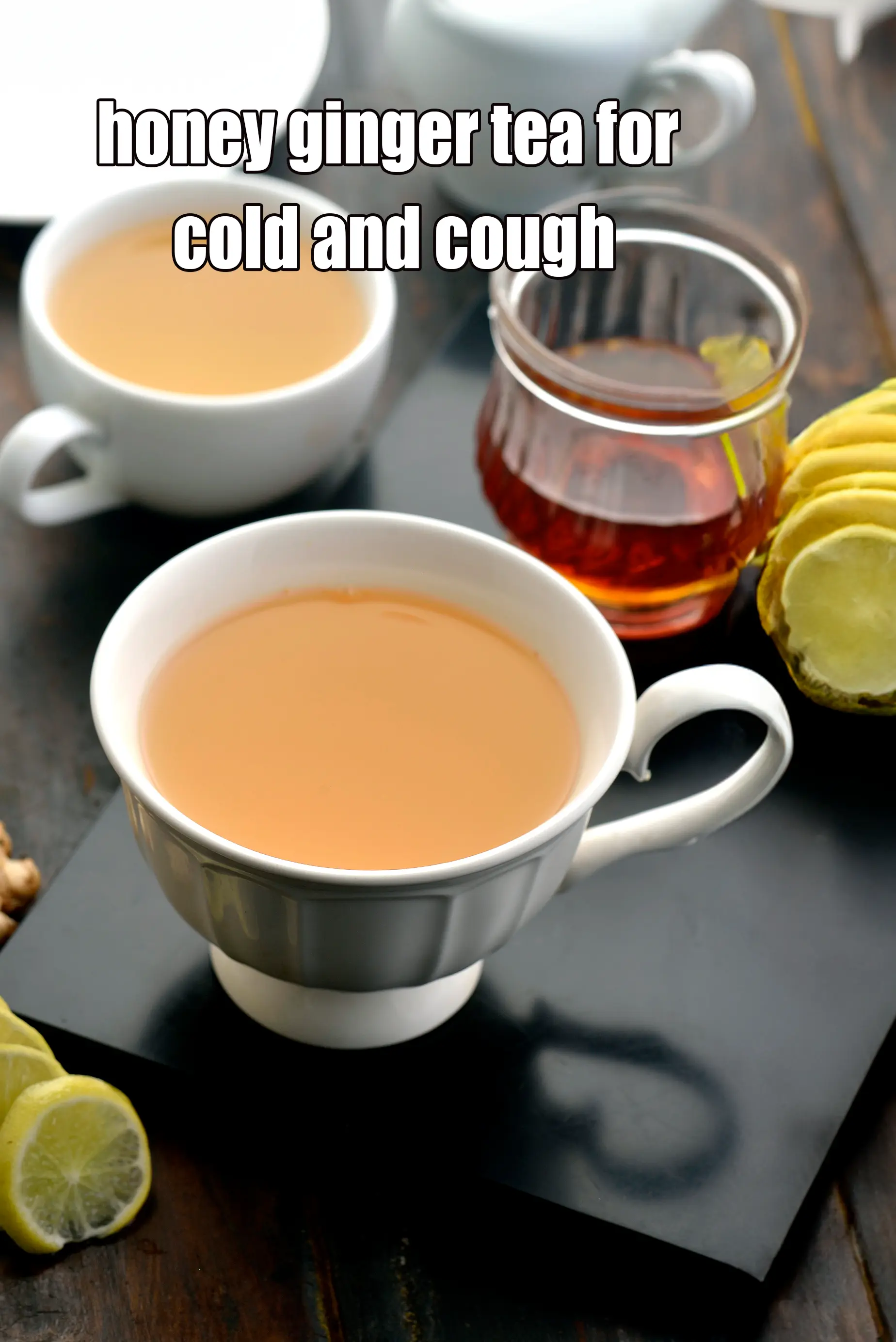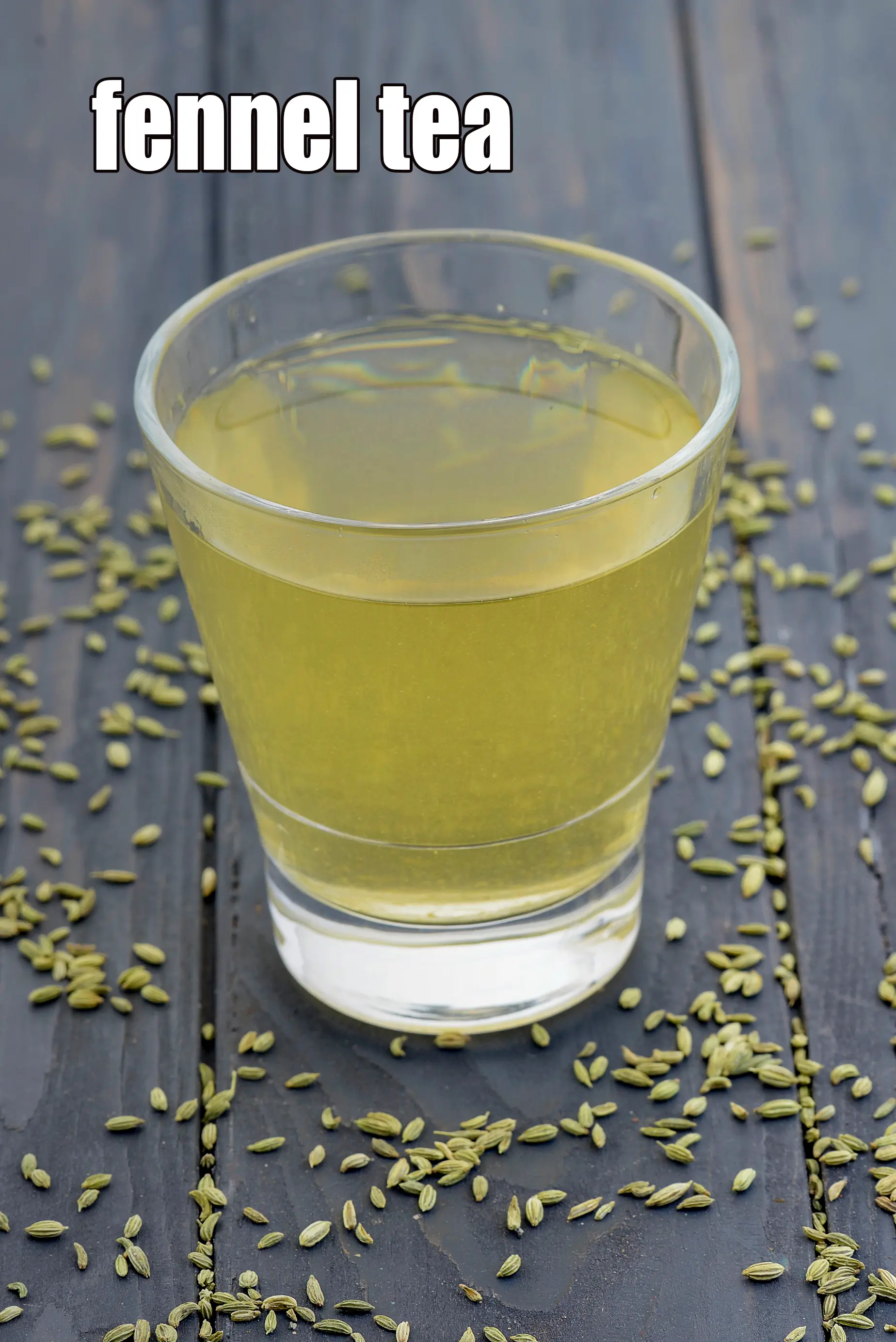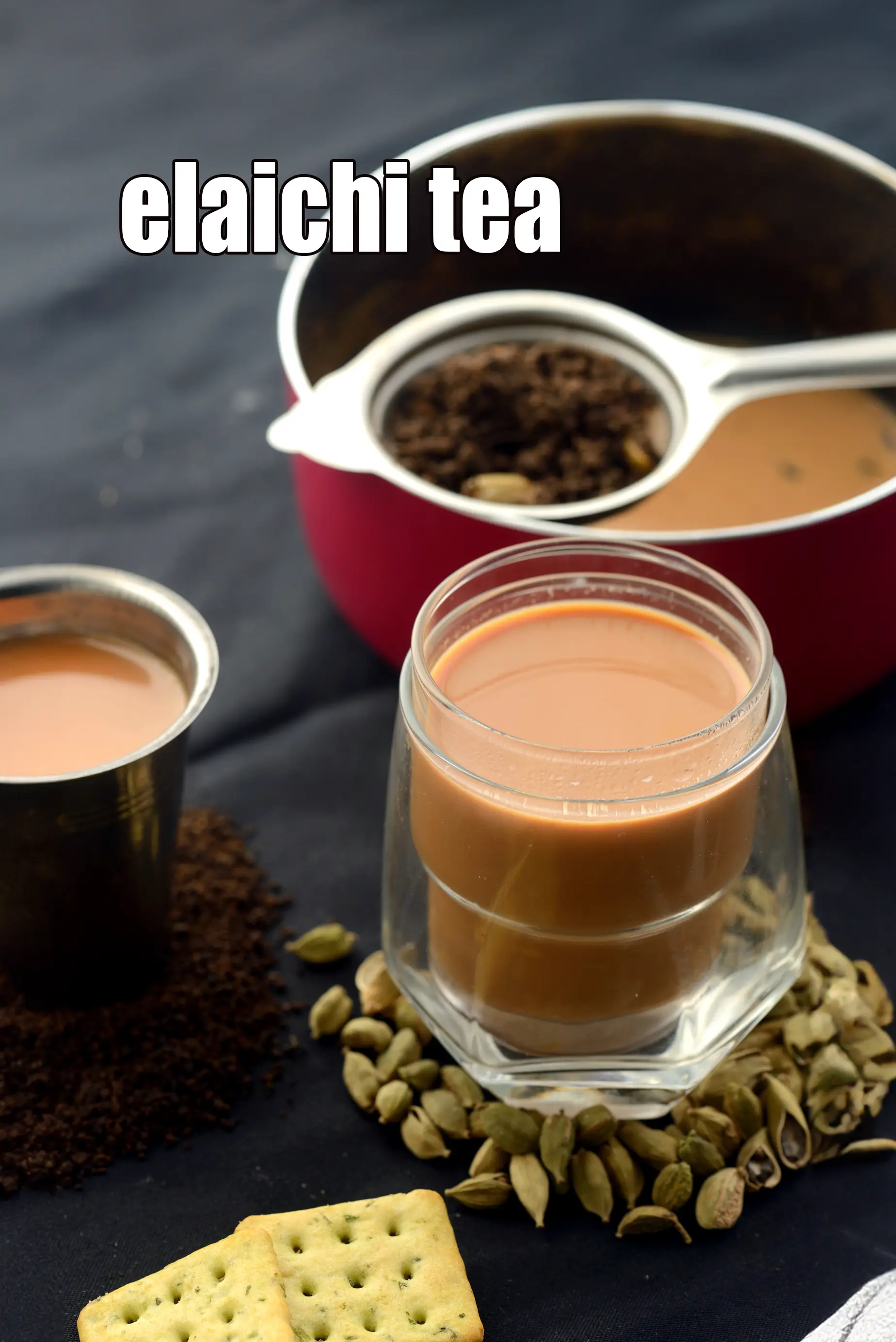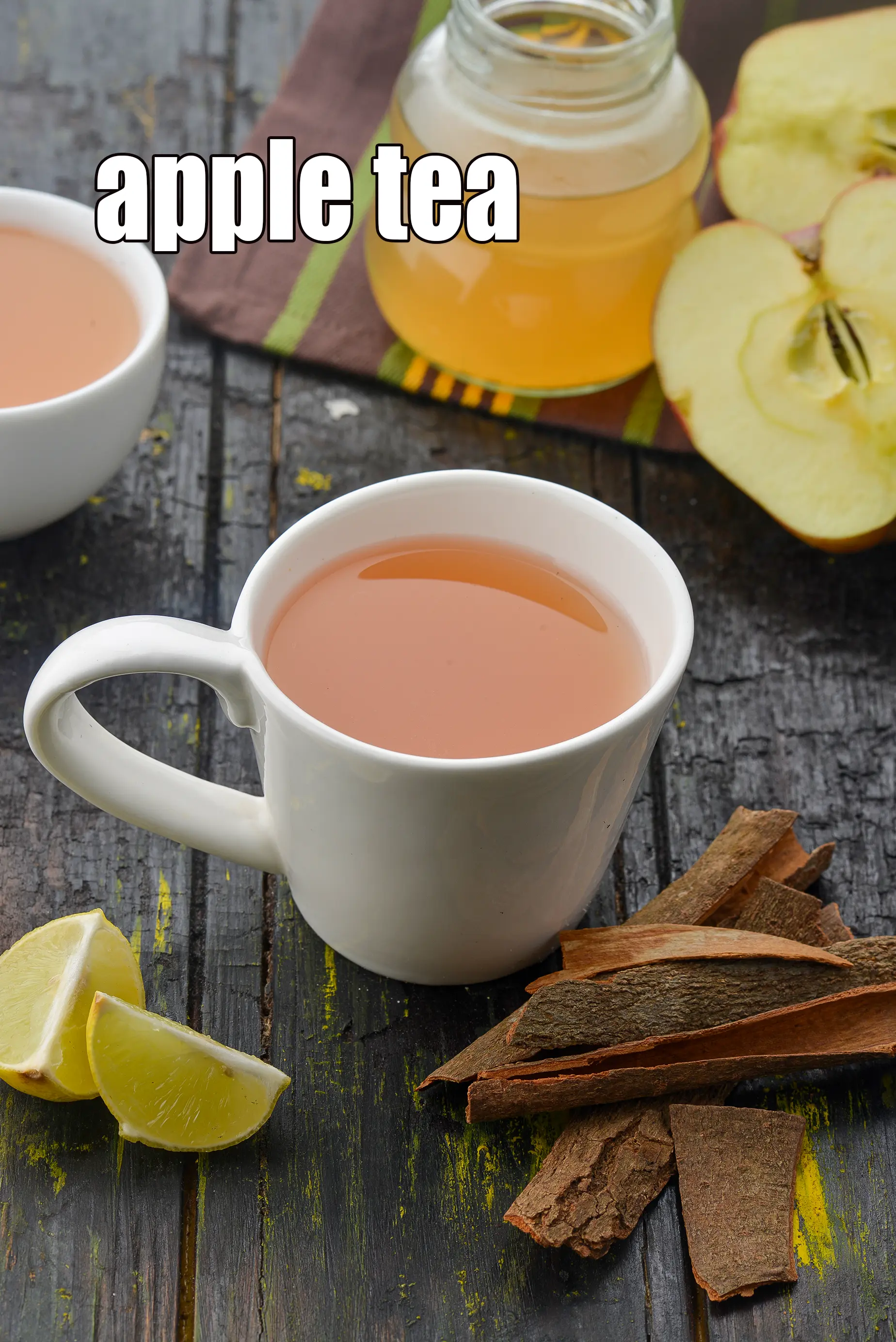Nutritional Facts of Qabooli Biryani, Hyderabadi Chana Dal Biryani, Calories in Qabooli Biryani, Hyderabadi Chana Dal Biryani
This calorie page has been viewed 4972 times
Course
Occasion & Party
Course
Table of Content
How many calories does one serving of Qabooli Biryani have?
One serving of Qabooli Biryani gives 365 calories. Out of which carbohydrates comprise 182 calories, proteins account for 29 calories and remaining calories come from fat which is 148 calories. One serving of Qabooli Biryani provides about 18 percent of the total daily calorie requirement of a standard adult diet of 2,000 calories.
Qabooli Biryani recipe serves 4.
365 calories for 1 serving of Qabooli Biryani, Hyderabadi Chana Dal Biryani, Cholesterol 4.6 mg, Carbohydrates 45.5g, Protein 7.2g, Fat 16.5g. Find how much fibre, iron, calcium, zinc, magnesium, phosphorus, sodium, potassium, folic acid is present in Qabooli Biryani, Hyderabadi Chana Dal Biryani
Click here to view. Qabooli Biryani recipe | Hyderabadi chana dal biryani | instant pot Indian chana dal biryani | Hyderabadi Qubooli biryani is a delightful recipe which is packed with a brilliant blend of flavours and textures, which makes it very, very impressive. Learn how to make Hyderabadi chana dal biryani.
Hyderabadi Qubooli biryani is a unique dish that is truly tongue-tickling! You can make this vegetarian version on a festival day or include it in a party menu as it is quite grand. All it requires is a bowl of curd or a raita as an accompaniment along with fried papad to make a meal.
Here, rice is layered with spicy chana dal and laced with unique flavouring substances like saffron and rose water. This gives the instant pot Indian chana dal biryani a very different flavour and aroma, which combines the pungency of spices, the tanginess of curds and the richness of ingredients like saffron.
Is Qabooli Biryani healthy?
Yes for some and no for others.
Let's understand the Ingredients.
What's good.
1. Ghee : Other than calories and fats, the only nutrients that ghee is rich in are the vitamins – all of which are fat-soluble. All the 3 vitamins (Vitamin A, Vitamin E and Vitamin K) are antioxidants which have a role in removing free radicals from the body and protecting our cell as well as help in maintaining skin health and glow. Ghee is an excellent, high-quality selection medium of cooking because of its high smoke point. As compared to most oils and butter, ghee can handle a smoke point of 230°C, 450°F, thus its less prone to oxidant and destruction of nutrients. Yes, ghee does contain cholesterol, but some amount of cholesterol is needed by the body. Cholesterol has some functions to play too. It is necessary for hormone production, brain function, cell health and lubricating the joints. It is, in reality, a high quality fat for the body and brain. Ghee is loaded with fats but that’s medium chain fatty acids (MCT) which aid in weight loss. Ghee is healthy for daibetics in small amounts and you need to check your fat intake at the same time. Learn to easily make your ghee at home which is free of preservatives. See benefits of ghee.
2. Chana Dal ( split bengal gram) : One cup of cooked Chana Dal provides 33% of your protein for the day. Chana dal is heart and diabetic friendly, also rich in fiber. Chana dal has high amount of potassium and low amount of sodium which makes it very effective in regulating your blood pressure. Read this article on complete benefits of chana dal.
3. Onions (pyaz, kanda) : Raw onions are a very valuable source of vitamin C – the immune building vitamin. Along with other phytonutrients from onions, it helps to build WBC (white blood cells) which serves as a line of defence against illness. Yes, it’s a source of many antioxidants, the most important one amongst them being Quercetin. The quercetin in Onions promotes production of HDL (good cholesterol) and lowers total cholesterol in the body. The sulphur in onions act as a blood thinner and prevents blood clotting too. This in turn would lower blood pressure and good for heart, diabetics. Read the benefits of onions.
4. Curd + Low fat Curds : Curds help in digestion as it has very good bacteria. Probiotics in curds acts as a mild laxative but, in case of diarrhoea and dysentery, it is a boon, if curd is used with rice.They help in weight reduction, good for your heart and build immunity. The only difference between curds and low fat curds is the fat level. Read the benefits of curds to include in your daily diet.
5. Mint Leaves (Pudina) : Mint (pudina) being an anti-inflammatory reduces the inflammation in the stomach and shows a cleansing effect. Sipping on a healthy drink like fresh mint and lemon tea is the best option to overcome nausea for mums-to-be. Moreover it's vitamin A (10% of RDA) and vitamin C (20.25%) serve as an additional boost to bring relief from cough, sore throat and also cold. Mint (pudina) is a leafy vegetable which is sure to create nourishing dishes without piling on calories, carbs or fat for that instance. What is has to offer instead is FIBER. See here for detailed benefits of mint leaves.
6. Coriander (kothmir, dhania) : The antioxidants vitamin A, vitamin C and the quercetin present in coriander works towards strengthening our immune system. Coriander is a fairly good source of iron and folate – the 2 nutrient which help in the production and maintenance of red blood cells in our blood. Good for reducing cholesterol and good for diabetics. Read 9 benefits of coriander to understand details.
7. Green Chillies : Antioxidant vitamin C in green chillies protects the body from effects of harmful free radicals and prevents stress. It is probably the high fiber which helps in controlling blood sugar levels. This it is a welcome addition to a diabetic diet. Suffering from anaemia? Add green chillies to your list of iron rich foods too. For complete details see benefits of green chilli.
8. Milk and Low Fat Milk : 1 cup of milk provides 70% of the Recommended Daily Allowance of Calcium. Milk promotes strong bones. The Calcium in Milk helps to protect your teeth against gum disease and keeps your jaw bone strong and healthy. Milk is low in carbs and therefore does not raise blood glucose levels. However diabetics must consider including low fat milk as advised by their dietitian only so as to avoid any fluctuations in blood sugar levels. Protein is another key nutrient which milk is rich in - 8.6 g from a cup. So all those looking to build protein stores can add milk and its products like curd and paneer to their diet. One cup of Milk gives 10 grams of carbs. Low fat milk has lower fat and the same benefits of milk.
What's the problem?
1. Vegetable Oils : To some vegetable oil is only soyabean oil, while some promote it as a mix of oils like soyabean, canola, sunflower, corn and other omega-6 rich oils. These are often cheaper options than many oils, but they are highly processed oils. They are undoubtedly not to be reached out for, whether you are looking for salad dressings, sautéing or cooking. The 5 best oils used in cooking are olive oil (low temperature short time cooking), avocado oil, canola oil, coconut oil and peanut oil. You must read the super article to find the facts of which oil is the healthiest avoid vegetable oil.
2. Rice : Here are the pros for rice. Rice is a great source of complex carbohydrates, which is an important source of energy for our body. Rice is low in fibre and therefore a good option for people suffering from diarrhoea. What's not good in rice. Foods like rice are high in Glycemic index are not suitable for weight loss, heart patients, diabetics as they affect the blood sugar control levels. See details of is white rice and parboiled rice good for you?
Can diabetics, heart patients and over weight individuals have Qabooli Biryani?
No, this recipe is not good for diabetics, heart and weight loss. Foods like rice are high in Glycemic index are not suitable for weight loss, heart patients, diabetics as they affect the blood sugar control levels.
What is a healthier option than using rice?
We suggest the following healthy khichdi like fada ni khichdi recipe, vitamin khichdi recipe, buckwheat moong dal and vegetable khichdi, bajra moong and green peas khichdi, barley khichdi and vegetable biryani from brown rice. All these recipes have ZERO usage of rice and portion control is suggested for diabetics.
Buckwheat, Moong and Vegetable Khichdi
Can healthy individuals have Qabooli Biryani?
No.
Qabooli Biryani is high in
1. Phosphorous : Phosphorous works closely with calcium to build bones.
Note : a recipe is deemed high in a Vitamin or mineral if it meets 20% and above the recommended daily allowance based on a 2,000 calorie diet.
How to burn 365 calories that come from Qabooli Biryani?
Walking (6 kmph) = 1 hr 50 mins
Running (11 kmph) = 37 mins
Cycling (30 kmph) = 49 mins
Swimming (2 kmph) = 1 hr 3 mins
| Energy | 365 cal |
| Protein | 7.2 g |
| Carbohydrates | 45.5 g |
| Fiber | 4 g |
| Fat | 16.5 g |
| Cholesterol | 4.6 mg |
| Vitamin A | 321.4 mcg |
| Vitamin B1 | 0.1 mg |
| Vitamin B2 | 0.1 mg |
| Vitamin B3 | 1.3 mg |
| Vitamin C | 5.7 mg |
| Folic Acid | 28.2 mcg |
| Calcium | 90.1 mg |
| Iron | 1.5 mg |
| Magnesium | 66 mg |
| Phosphorus | 162.3 mg |
| Sodium | 19.5 mg |
| Potassium | 184.3 mg |
| Zinc | 0.9 mg |

Click here to view Qabooli Biryani, Hyderabadi Chana Dal Biryani
Calories in other related recipes
